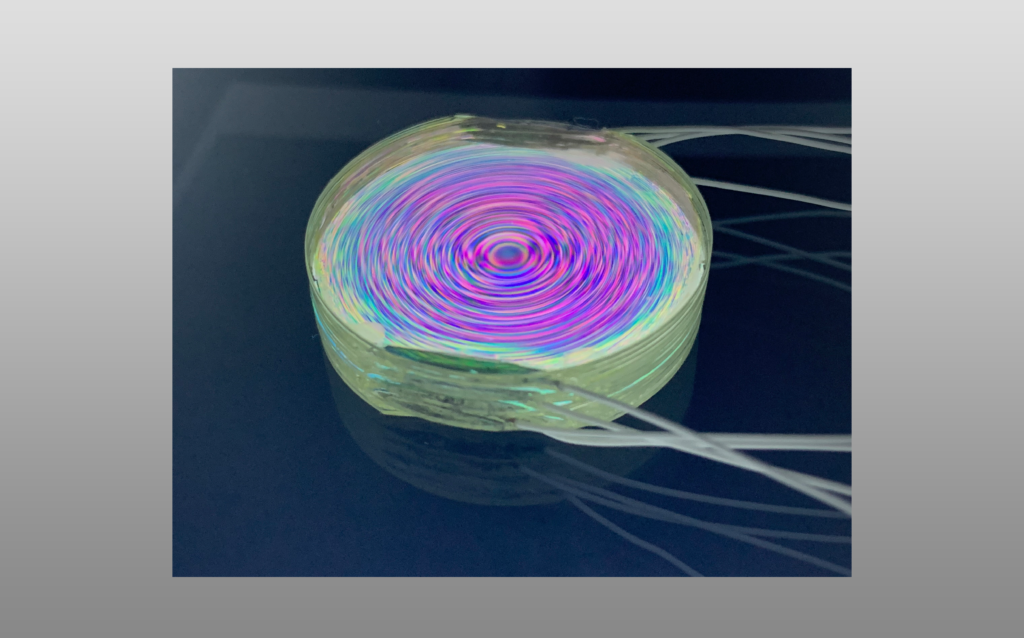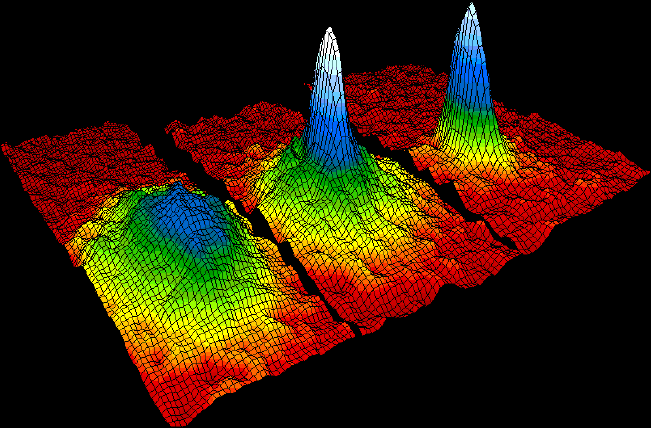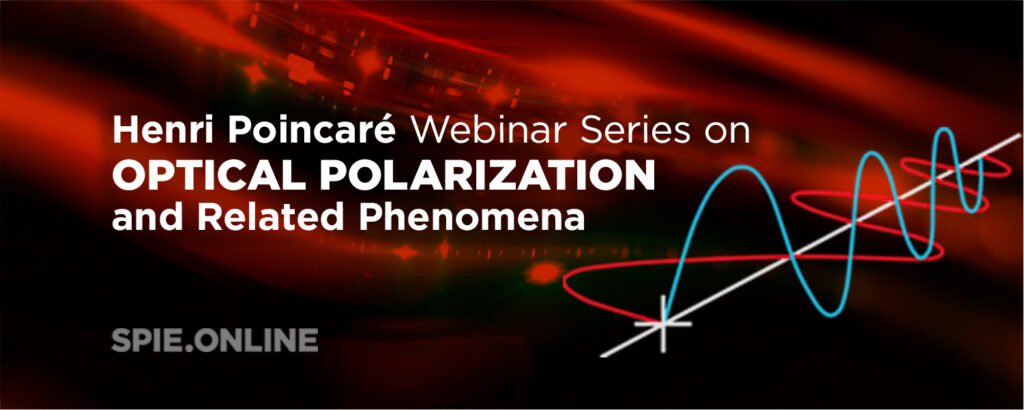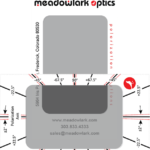Liquid Crystal Selection Guide
Download Selection Guide Why Choose Meadowlark Liquid Crystal Components? Industry-Leading Metrology – Meadowlark is the most experienced manufacturer of precision liquid crystal devices. Our proprietary measurement techniques provide you with extremely accurate calibration for every liquid crystal device we ship. High Quality and Precision – When selecting a liquid crystal device, key performance features must […]
Liquid Crystal Selection Guide Read More »






